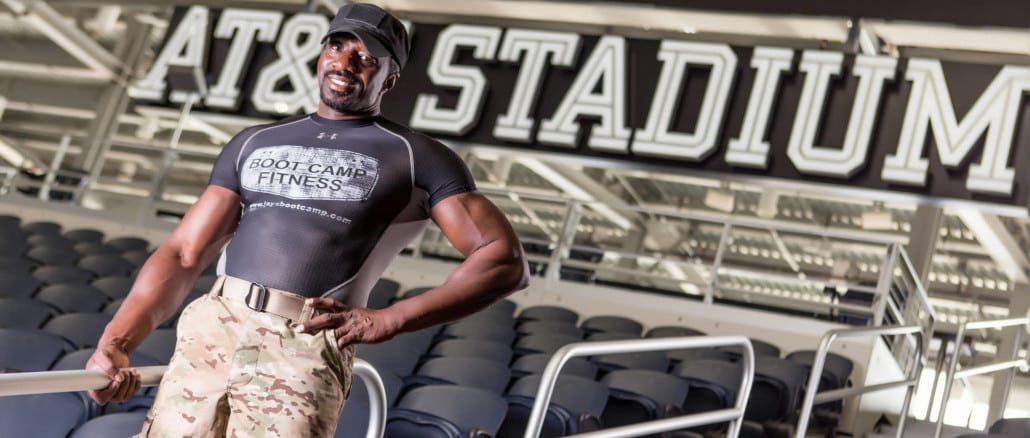

By Jay Johnson
Health Benefits of Walking
- Reduce risk of coronary heart disease and stroke
- Reduce high cholesterol
- Lower blood pressure
- Reduce risk of colon cancer
- Reduce body fat
- Help control body weight
- Increase bone density and help prevent osteoporosis
- Help with osteoarthritis
- Reduce risk of non-insulin dependent diabetes
- Help with overall flexibility
- Increase mental well being
Walking Helps People Live Longer
Regular participation in physical activity is associated with reduced
mortality rates. (US Dept. of Health 1996). In particular, studies have
shown that:
- Fit and active people have approximately half the risk of cardiovascular disease compared to unfit people
- Because the bones are strengthened, fit people are less likely to fall and suffer injuries such as hip fractures
- Fit people are less likely to sustain injury because joints have a better range of movement and muscles are more flexible
- Fit people are less prone to depression and anxiety
- Fit people tend to sleep better
- Fit people have better control of body weight
So in a nutshell, you can increase your chances of living longer by
the simple act of walking at least 30 minutes per day.
Fitness Walking
A question often asked is “How fast should I walk?”. The answer
appears to be “As fast as you can without losing the ability to
hold a conversation”. In other words, walk at a pace that is brisk
but does not prevent you from talking to a friend in a normal manner.
This is sometimes called the “talk test”.
Walking should be an aerobic exercise. Aerobic means that exercise
is carried out at a comfortable pace to ensure that the muscles have
sufficient oxygen available. If you are gasping for breath, you are
doing anaerobic exercise. Regular aerobic exercise done three times
a week for 30 minutes or more will result in increased levels of fitness
and aerobic capacity.
An interesting study done at Loughbrough University came up with some
very interesting results. The researchers found that walking continuously
for 30 minutes 5 days a week provided nearly identical increases in
fitness as splitting 30 minutes into three 10-minute walks. More surprising
was the finding that the short walkers lost more weight and reported
greater decreases in waist circumference than the long walkers!
All of this research seems to point to the fact that getting fit is
really very simple and doesn’t require any sort of complicated exercise
regimen. Just get out there and walk every day in whatever manner you
can manage and you will reap the benefits of walking!
Walking and Weight Loss
In theory, losing weight is easy. All you have to do is expend more calories than you take in and you will lose weight. In practice, losing weight is difficult. For many the cycle of dieting, losing weight and eventually gaining it back is all too familiar. There are literally thousands of diets to choose from, all of which claim to be THE way to lose weight. You may have tried a few yourself with mixed results.
The problem with diets is that they only focus on half the equation.
Of course it’s important to pay attention to what you eat, but this
is important for everyone, not just those trying to lose weight. Dieting
alone, especially fad diets that contradict common sense and centuries
of human nutritional history, will rarely work in the long term. Good
diet must be combined with exercise to really be of any value. And walking
is the perfect exercise for those wishing to lose weight.
Walking one mile (1.6km) will burn up at least 100kcal (420kJ) of energy.
Walking two miles (3.2km) a day, three times a week, will help reduce
weight by approximately one pound (0.5kg) every three weeks.
Another benefit of walking is that walking alters your body’s fat metabolism
so that fat is burned up instead of sugars. This will help you lose
weight.
The bottom line if you want to lose weight is: start walking today
and walk every day and you WILL lose weight – guaranteed!
Walking and Mental Health
Walking affects not only your physical health, but your mental health
as well. It has been shown to improve self esteem, ease the symptoms
of depression and anxiety, and improve mood. A gentle walk in the fresh
air and sunshine is relaxing and it makes you feel good. What else could
you ask for




What other ways does walking benefit you besides benefiting you’re healthWalking with friends is a great social activity to help bond with friends and neighbors. As such, walking can encourage you to find walking partners and be more social, which is also psychologically healthy. Others prefer to walk with their dogs. Ultimately walking just becomes part of your life and another enjoyable activity that you can look forward to.
Can you really walk your way to fitness? You bet! Get started today.
For example, regular brisk walking can help you:
The faster, farther and more frequently you walk, the greater the benefits.
Turning your normal walk into a fitness stride requires good posture and purposeful movements. Ideally, here’s how you’ll look when you’re walking:
Plan your routine